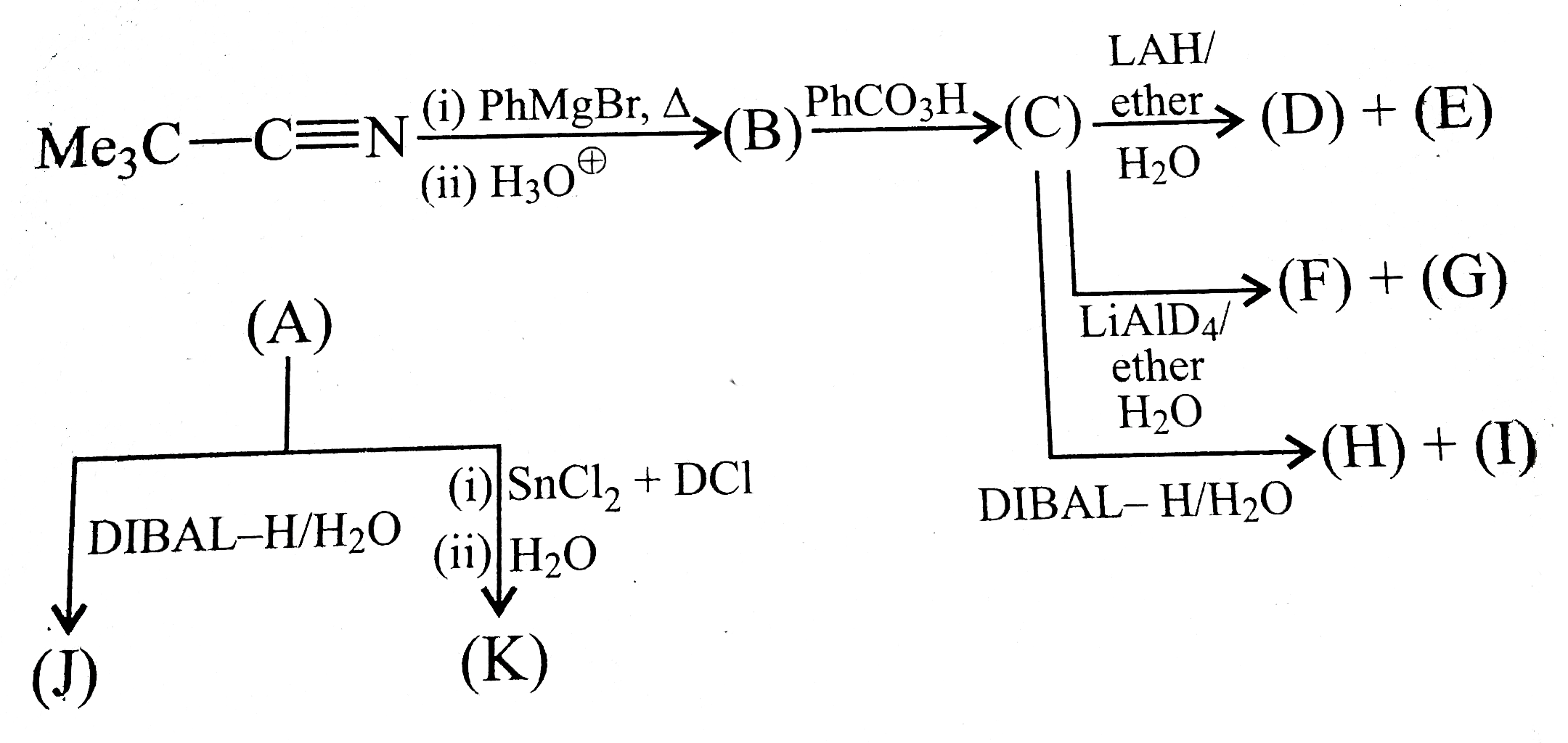Changes involving conversion of larva into adult are
Metastasis
Metamorphosis
Metagenesis
Alternation of generations.
The correct Answer is:B
To answer the question regarding the changes involving the conversion of larva into adult, we can break down the solution into the following steps:
1. Understanding the Concept: The process of transformation from larva to adult is a significant biological phenomenon observed in various organisms, particularly in amphibians like frogs.
2. Example of Tadpole to Frog: A classic example is the transformation of a tadpole (larval stage) into an adult frog. The tadpole lives in water and has gills for respiration.
3. Development of Lungs: As the tadpole matures, it undergoes physiological changes, including the development of lungs, which will allow it to breathe air as an adult frog.
4. Types of Respiration: In adult frogs, respiration occurs through three methods: pulmonary (lungs), cutaneous (skin), and buccopharyngeal (mouth). However, during the tadpole stage, respiration is primarily through gills.
5. Identifying the Process: The overall process of transformation from larva to adult is termed metamorphosis. This term encompasses all the changes that occur during this developmental stage.
6. Differentiating from Other Terms:
- Metastasis: This term refers to the spread of cancer cells from the primary site to other parts of the body, which is unrelated to larval development.
- Metagenesis: This refers to the alternation of generations, where organisms have two distinct forms in their life cycle (e.g., polyp and medusa in cnidarians), but it does not specifically describe the transformation from larva to adult.
7. Conclusion: Therefore, the correct answer to the question is metamorphosis, as it specifically describes the changes that occur when a larva transforms into its adult form.
- Metastasis: This term refers to the spread of cancer cells from the primary site to other parts of the body, which is unrelated to larval development.
- Metagenesis: This refers to the alternation of generations, where organisms have two distinct forms in their life cycle (e.g., polyp and medusa in cnidarians), but it does not specifically describe the transformation from larva to adult.
Topper's Solved these Questions
- PHYLUM - ARTHROPODABOOK - DINESH PUBLICATION ENGLISHCHAPTER - PHYLUM - ARTHROPODAEXERCISE - CYG
20 Videos
- PHYLUM - ANNELIDABOOK - DINESH PUBLICATION ENGLISHCHAPTER - PHYLUM - ANNELIDAEXERCISE - Check your grasp
10 Videos
- PLANT BREEDING AND DISEASE CONTROLBOOK - DINESH PUBLICATION ENGLISHCHAPTER - PLANT BREEDING AND DISEASE CONTROLEXERCISE - Check your Grasp
10 Videos
Similar Questions
Entropy change involve in conversation of 1mole of liquid water at 373Kto vapour at the same temperature (latent heat of vaporisation of water=2.257kJg−1)
View Solution
The compound (C ) and the reaction involving the conversion of (B) to (C ) are:
View SolutionThe process of transformation of larva into adult is called
View SolutionBacteria involved in two -step conversion of ammonia into nitrate are
View SolutionName the heat that is involved in the conversion of one allotropic form into the other.
View SolutionNumber of electrons involved in the conversion of one nitrate ion to hydrazine will be
View SolutionWhat will be the enthalpy change of conversion of graphite into diamond
View SolutionWhile studying the kinetics of the reaction involving conversion of ammonium cyanate into urea, the following data were obtained:

View SolutionWhile studying the kinetics of the reaction involving conversion of ammonium cyanate into urea, the following data were obtained:

View SolutionWhile studying the kinetics of the reaction involving conversion of ammonium cyanate into urea, the following data were obtained:

View Solution